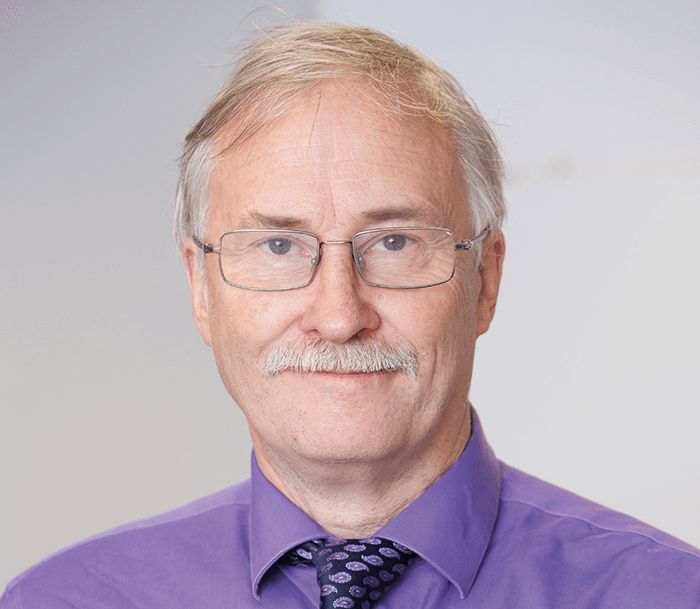
Curator of Good Science
Sitting Down With... Ian Wilson, Chair in Drug Metabolism and Molecular Toxicology, Faculty of Medicine, Department of Surgery & Cancer, Imperial College London, UK.

False
Sitting Down With... Ian Wilson, Chair in Drug Metabolism and Molecular Toxicology, Faculty of Medicine, Department of Surgery & Cancer, Imperial College London, UK.

Receive the latest analytical science news, personalities, education, and career development – weekly to your inbox.

For his PhD, Ian Wilson used GC to analyze steroid hormones in insects. Much of his subsequent career has been in the pharmaceutical industry, working in discovery and development. In 2012, Ian moved to Imperial College, London. His research interests include separations science, particularly the development of hyphenated techniques in chromatography, and spectroscopy, and the application of these techniques to problems in drug metabolism and metabonomics. When not working on these topics he collects old instruments and has a large collection of old gas and liquid chromatographs.
False
False

December 4, 2024
1 min read
Saliva-based PA-MS test detects paracetamol overdose in just 10 minutes

December 11, 2024
10 min read
Meet the products – and the experts – defining analytical innovation in 2024

December 10, 2024
2 min read
Analyses of fossilized feces, intestinal contents, and vomit reveal how dinosaurs adapted to climate shifts

December 17, 2024
5 min read
Torsten C. Schmidt casts his eye on the contaminants of concern for the future and considers how much of the full picture current technology allows us to see – in the first of our two-part interview
False